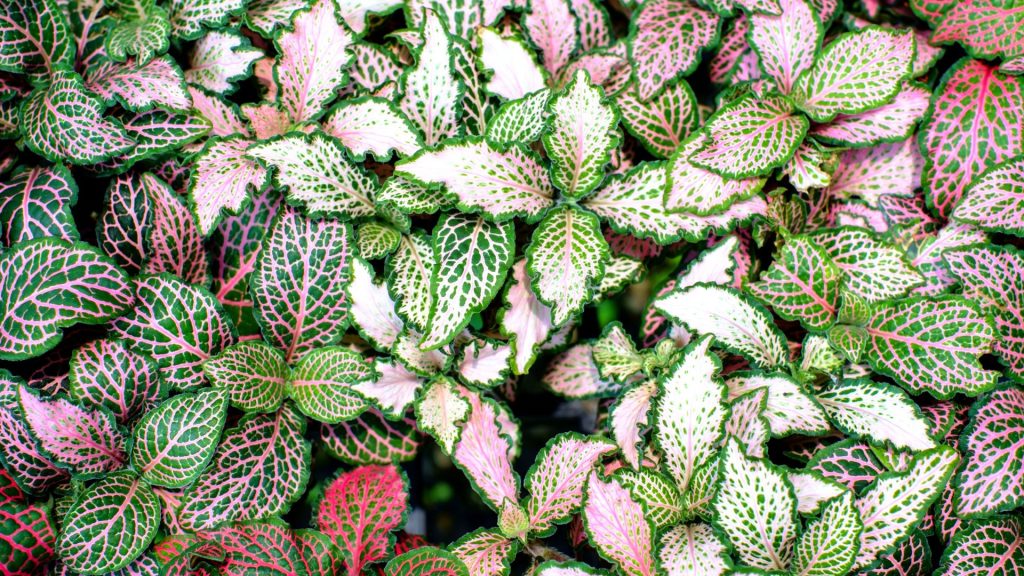Exotic angel plants are amazing plants that can be a great addition to your collection or a perfect gift for a plant lover. Exotic Angel plants are well-bred houseplants. It is a brand name for the more than 400 types of houseplants created by Hermann Engelmann Greenhouses, Inc. during the company’s 43-year history. Hermann Engelmann Greenhouses was purchased by Costa Farms in 2014, following the death of its creator, Hermann Engelmann. Costa Farms promised to continue to support the brand and expand on its tradition.
Hermann Engelmann is a well-known and recognized name in the foliage plant industry, according to plant historians. During the houseplant boom of the 1970s, Engelmann shifted his operations from northern climes to warm Florida and set up enormous facilities. Engelmann’s greenhouses in Florida grew to approximately 3 million square feet in no time. The term Exotic Angel may be traced back to the German word ‘engel,’ which means ‘angel.’
What are Exotic Angel Plants?
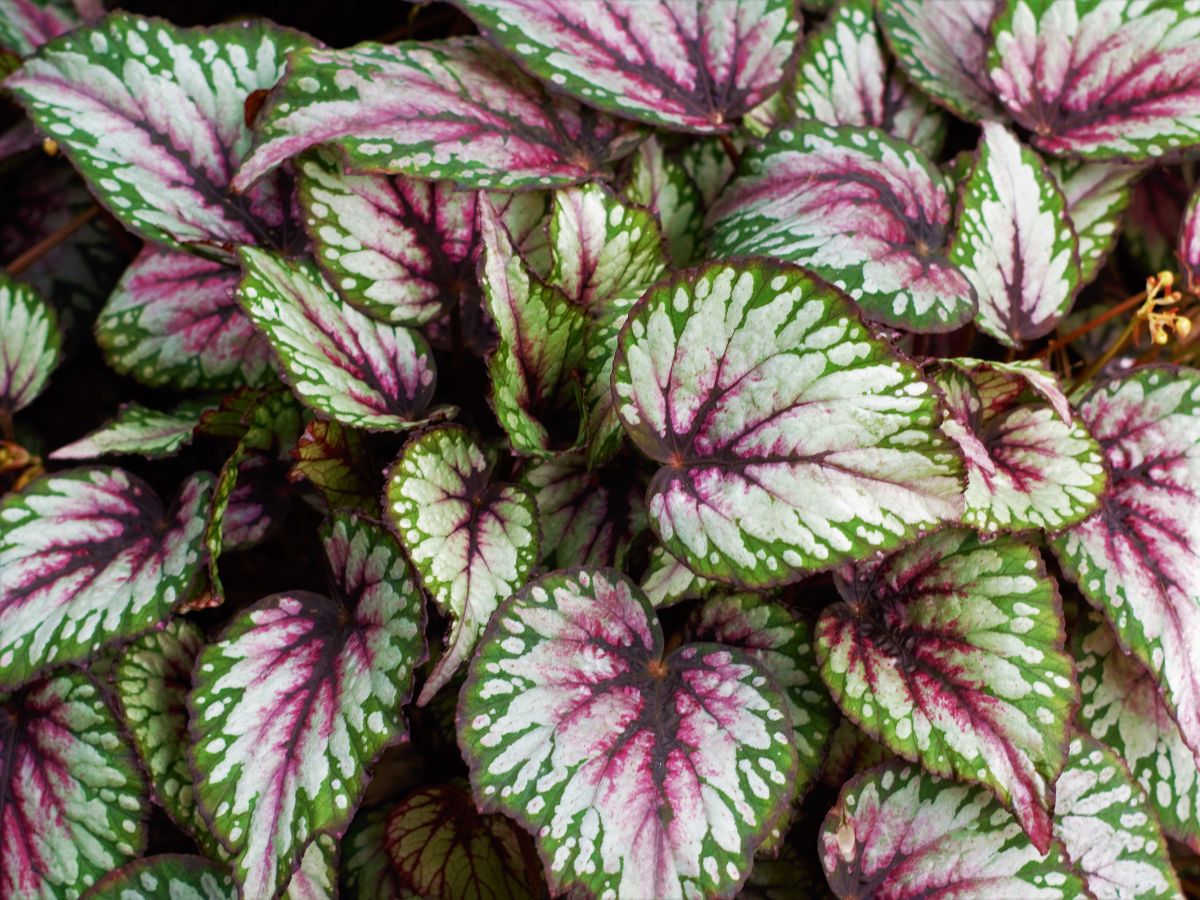
Exotic Angel plants are a brand of houseplants that are grown by Costa Farms, one of the largest horticultural growers in the world. These plants are known for their unique and exotic appearance, and are popular among plant enthusiasts for their ease of care and ability to thrive indoors.
The Exotic Angel plant collection includes a wide range of houseplants, from foliage plants to flowering plants, succulents, cacti, and more. Some popular varieties include the pothos, snake plant, and prayer plant, as well as more unusual species such as the Chinese evergreen, bird’s nest fern, and croton.
Exotic Angel plants are typically grown in greenhouses and sold at garden centers, home improvement stores, and online retailers. They are known for their high quality and are backed by Costa Farms’ reputation for excellence in horticulture.
Developing a Brand Name
Engelmann performed something that many other growers have attempted and failed to achieve in an industry controlled by primarily unknown growers. He created the Exotic Angel brand as a successful private label for houseplants. The plants are cultivated in Engelmann’s (now Costa Farms’) greenhouses, and each is labeled with the distinctive angel emblem and care instructions. The plants come in container sizes up to 8 inches in diameter, which is rather huge for indoor plants.
Exotic Angel has around 400 distinct types of houseplants, most of which are tried-and-true species. Costa Farms is a major corporation that caters to the general public rather than the dedicated collector. However, the company’s website features a variety of unusual flora. Dracaena, anthurium, aglaonema, dieffenbachia, and ficus are among the Exotic Angel brand’s most well-known plants.
Why Should You Buy Exotic Angel Houseplants?
While Exotic Angel houseplants are the same as any other houseplant, there are certain advantages to buying them. Since they are branded, the company takes great care to guarantee that every step of the production process is monitored and that only healthy plants are supplied. Costa Farms undertakes in-depth market research to ensure that its plant selections, packaging, and containers are up to date. In other words, the organization does all possible to ensure that you get off to a good start with your new houseplant.
Now let’s find out how to care for Exotic Angel plants.
How to Take Care of Exotic Angel Plants?

It’s difficult to offer generic care recommendations for Exotic Angel plants because there’s such a wide variety. Plants like different types of habitats. While it’s true that every plant may be cared for reasonably easily if the correct growth circumstances are provided, certain Exotic Angel kinds are less tolerant of less-than-ideal conditions than others.
Identifying the variety of your Exotic Angel plant is the first step to caring for it. In most cases, you’ll see its name on the plant tag, or you can search up that plant on the website for care instructions.
Lighting
Providing Exotic Angel plants with the necessary amount of light is an integral part of indoor care for them. Make sure your plants get the right amount of light. Plants with “high light” labels, such as hoyas, should be put in direct sunlight, such as in front of a south-facing window. Plants designated “medium-light,” such as ivies, require partial shade, such as in front of a window with a sheer curtain. And ones classified as “low light,” such as fittonias, can be placed in an area with no direct light, such as the middle of the room or in a shade. Also, many Exotic Angel plants you can carry outdoors to decorate the terrace and provide the plant with fresh air. But be sure to keep them out of direct sunlight.
Watering
These plants require uniformly wet, but not oversaturated soil, which varies according on the type. You should water only when the topsoil is dry. Drought-tolerant plants, such as dracaenas, pothos, and succulents, require less water.
Water ferns and other water-loving types when the top inch of soil is dry. If the leaves are drooping or becoming crunchy around the edges, give them additional water. When the leaves turn yellow or the stems get mushy, it’s necessary to water less often.
How to Repot Exotic Angel Plants?
The standard approach for transferring a flora to a larger pot is faster than what an Angel plant requires. These are more sensitive houseplants that should be introduced gradually. Set up a new pot that is only a few inches wider if you see that the foliage and roots are becoming crowded. Allow time for your plants to acclimate before transplanting them to a new pot and following the same instructions. You’re letting the houseplant self-regulate, which prevents overall shock.
Humidity
Humidity is necessary to most tropical Exotic Angel plants. A humidity level of about 50 % is ideal. To boost humidity, you can also use a humidifier, or place the plant on a pebble or humidity tray and collect the plants together. Other species, such as dragon trees, may not require as much humidity. Keep a watch on your plant’s leaves to see if they develop dry areas, even if your watering schedule is perfect.
Exotic Angel Plant Propagation
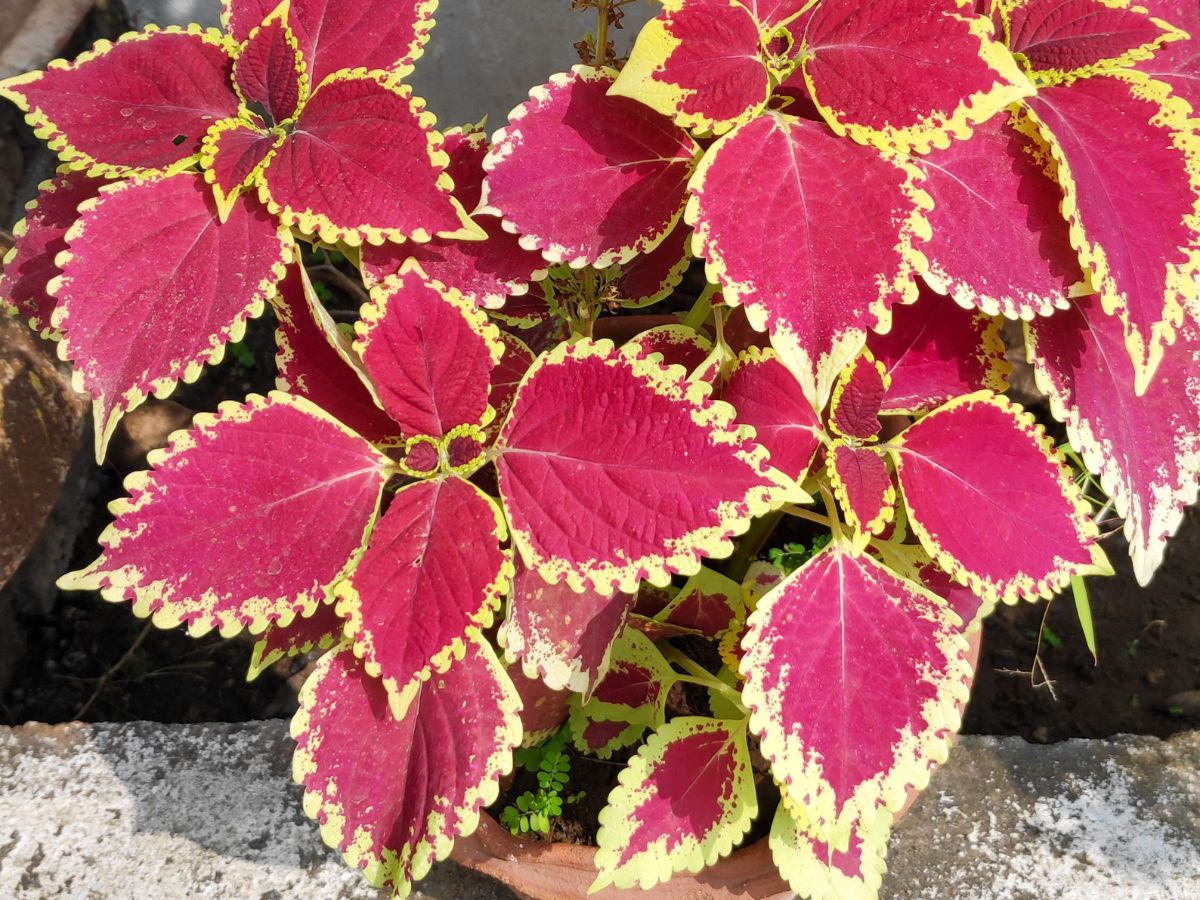
Exotic Angel plants can be propagated in a variety of methods.
Cuttings can be used to grow vining species like monstera, pothos, arrow plants, philodendron, and nerve plants. Cut off a cluster of healthy, young leaves and submerge them in a glass of water with the cut end entirely submerged.
To stimulate root development and prevent the cutting from infection, use a little rooting hormone or Propagation Promoter. You should notice new roots in a few weeks! Plant the cutting in soil when the roots are an inch long, and care for it as usual.
The croton, peace lilies, and snake plants, for example, are easy to propagate by division. To generate new, smaller plants, just take the plant from the pot and carefully cut the root ball. Plant the fresh plants in smaller pots and give them the same care as the old ones.
Type of Exotic Angel Plants
Here are a few Exotic Angel plant kinds to try!
Nerve Plant
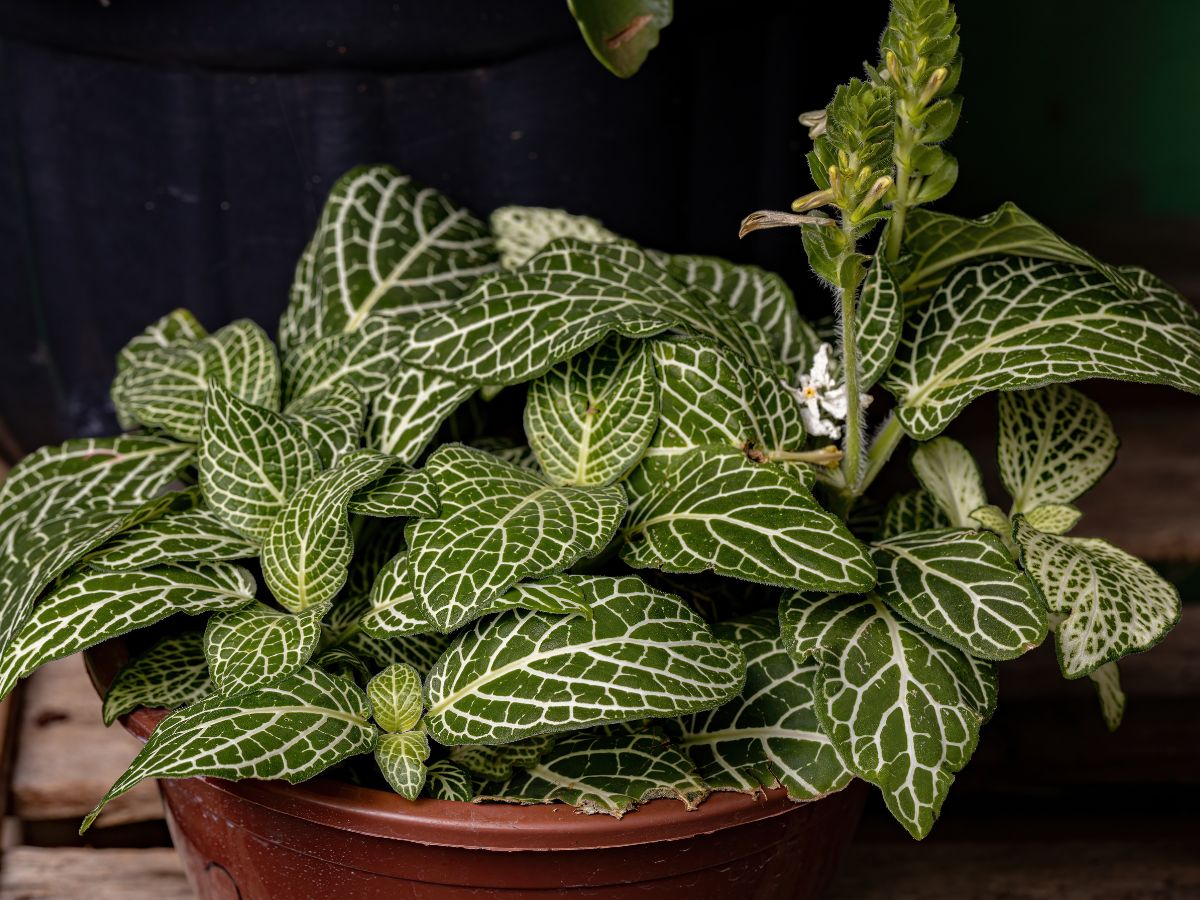
Because of the tiny, green leaves with pink, white, or red veins that mimic nerves and break up the green portions to seem like mosaic pieces, this group of angel plants is also known as a mosaic plant! These little plants can endure lower light levels and want a moderate amount of humidity. Put them in a terrarium and see what happens!
Hoya
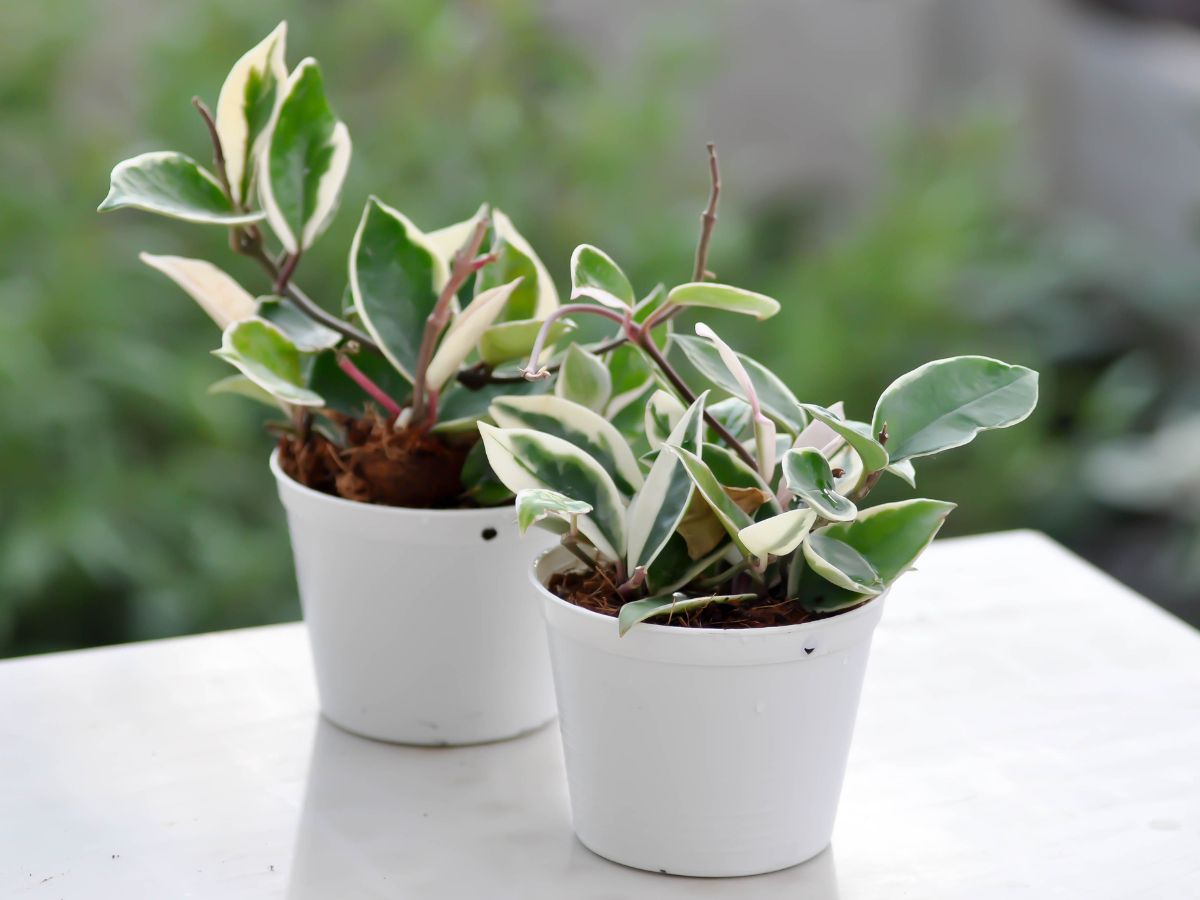
This Exotic Angel hanging plant, often known as the wax plant, makes a statement with its beautiful curling leaves! Like any other vining plant, it looks great in a hanging basket or trellis. This plant may even blossom if given the right sunlight. Avoid overwatering by watering when the soil dries out.
Mandarin Plant
Although it lacks the brilliantly colorful foliage of some other plants on our list, it does boast vibrant orange stems! This little variety is ideal for adding a pop of color to a small area. This plant can withstand a variety of lighting situations, but it has to be watered when the topsoil dries up.
Dieffenbachia

This plant is known for its lovely, upright cream, green, or yellow foliage as well as its calm personality. It loves stronger light, although it may also grow in low light. Just don’t overwater it and maintain the humidity high enough to keep the leaves smooth and pliable!
Are Exotic Angel Plants Poisonous?
You might be surprised to learn that nearly every aspect of your Exotic Angel plant is toxic. Almost all parts of the plant, including roots, seeds, and leaves, fall into this category. But, of course, all this very much depends on the type of plant. In any case, use protective gloves when working with plants. Exotic Angel plants are excellent indoor plants with their luxuriant foliage and intriguing blossoms. There are up to 400 different plants. These plants, like other tropical plants, thrive in humid and damp settings, which may be accomplished inside with a few tweaks. Although they do not want particular attention, satisfying the minimum requirements for your species will ensure a healthy plant with attractive leaves.
Conclusion
In conclusion, exotic angel plants are a diverse and fascinating collection of houseplants that are highly valued by plant enthusiasts and novices alike. With their unique and exotic appearance, ease of care, and wide range of varieties, they offer a way to bring a touch of natural beauty into any indoor space.
Whether you are looking for a lush foliage plant, a flowering beauty, or a succulent that requires minimal watering, there is an Exotic Angel plant that will fit your needs.
With the backing of Costa Farms’ expertise and commitment to quality, these plants are a reliable and rewarding addition to any home or office. So why not add a touch of exotic beauty to your indoor space with an Exotic Angel plant today?


